Review: Call of Duty: Modern Warfare 3
By mrbrooks 3 Comments
At this point, Call of Duty has become its own genre. Never mind calling Activision’s seemingly limitless cash cow a military shooter, much less a plain Jane action/adventure game. CoD has reached such a critical mass that to call it anything less would be a gross understatement. With over $1 billion of combined sales between Modern Warfare 2 and Black Ops, Call of Duty has become a entertainment behemoth. But with that success comes the pressure to continue producing a quality product.
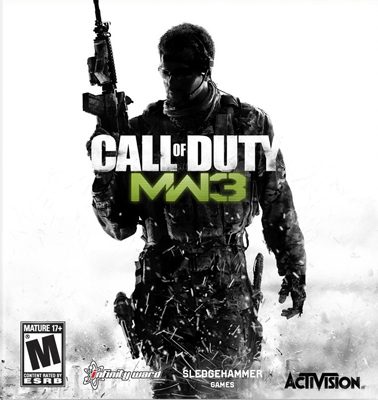
Make no mistake, people will buy Modern Warfare 3. The question is: does MW3 settle for the status quo, or do Infinity Ward and Sledgehammer Games forsake the security of the established formula in favor or something new and, possibly, better?
The short answer is: no. This is Call of Duty. It took years for Infinity Ward to move the franchise into the modern era with Call of Duty 4, and CEO Bobby Kotick would sooner eat a bucket of leeches than relinquish his stranglehold on the golden goose.
As a result, Modern Warfare 3 is the most polarizing game in the the series. After five straight years of UAVs, perks and shooting dudes, you likely either can’t get enough, or you’re sick of Call of Duty. That’s not to say Modern Warfare is bad, it’s just more of the same. More UAVs, more Soap and Price, more crazy set pieces and more explosions on said crazy set pieces. The bright side is that, if you’re into shooting virtual dudes, Modern Warfare 3 is about as safe of a purchase as you can make.
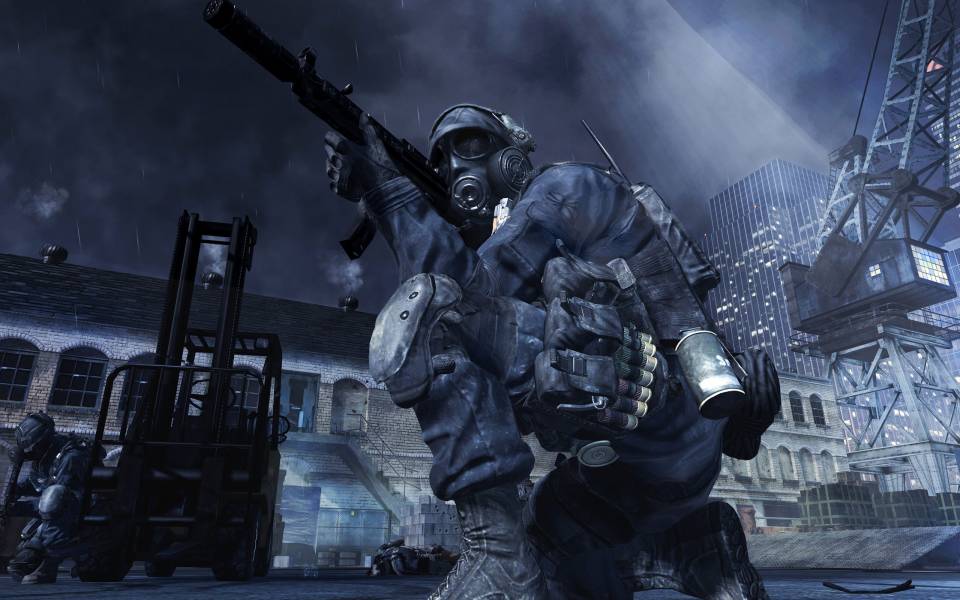
Modern Warfare 3’s single player is undoubtedly its weakest asset. Soap and Price’s battle against Makarov was never meant to be the next Iliad, but MW3 feels devoid of any genuine emotion or suspense, particularly after Treyarch’s Cold War conspiracy in Black Ops.
The level design is uninspired, the pacing is rushed and the set pieces feel like trailer bait, rather than awe-inspiring spectacles. The developers continue to include psuedo-stealth missions in which you creep behind enemy lines with either Price or Soap, but they never come close to the intensity of “All Ghillied Up” in the original Modern Warfare.
It all boils down to following the guy with the word “follow” above is head, and shooting the bad guys.
Wash, rinse, repeat.
Sometimes you need to plant explosives, other times you’ll shoot more bad guys on a stationary turret. The formula isn’t complicated.
After the credits are done rolling, the game chauffeurs you over to Spec Ops, the cooperative, mission-based mode that first appeared in MW2. This time around, however, Spec Ops also includes a horde-esque survival mode in which you hold off waves of increasingly difficult enemies. The catch is that you can purchase various defenses, such as a squad of AI friendlies or a missile strike. While fun, Spec Ops is limited to two players. In an age where every game under the sun features four-player co-op, MW3’s Spec Ops feels out of date.
Of course, multiplayer is why CoD is where it is today, and, unsurprisingly, it’s the area of Modern Warfare 3 that has received the most attention. You have your usual assortment of new guns, but the big ticket item in MW3 is a complete revamp of the killstreak system. In an attempt to lure those who would otherwise be turned off by CoD’s steep learning curve, the developers have included a Support streak which carries your kills over deaths instead of resetting after dying. In addition, actions like capturing control points and shooting down UAVs also contribute to your streak.
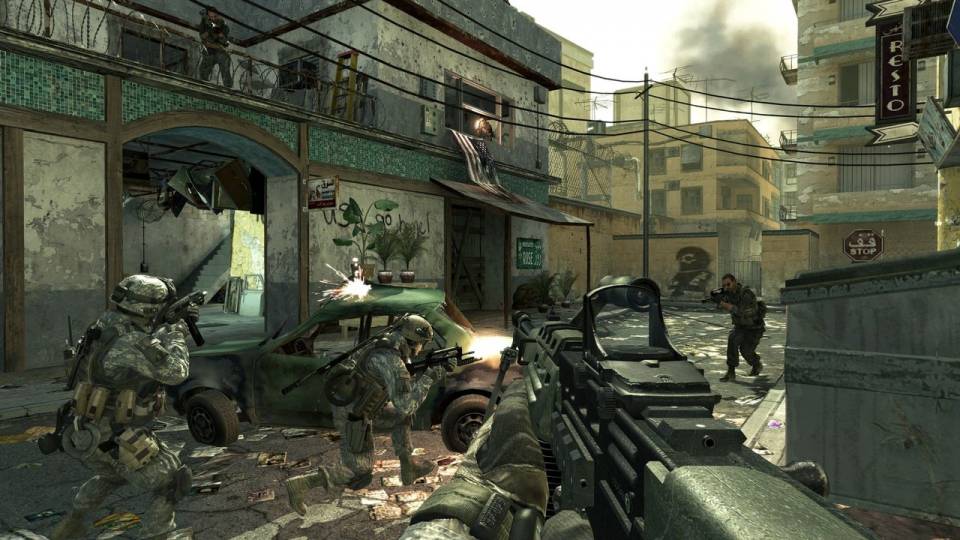
All the standard modes, such as deathmatch and headquarters, are included, though, for some odd reason, gun game and one in the chamber - two popular modes from Black Ops - are only playable in private sessions with no matchmaking.
Also gone from Black Ops is the currency system, in which you could purchase attachments (scopes, grenade launches, etc.) for your favorite weapons. Now, each weapon levels up individually as you use it. While this requires a bit more of an investment into a weapon before unlocking the coolest add-ons, completing the small milestones of the overall goal is highly satisfying.
Modern Warfare 3 features 16 maps, and there isn’t a dud in the bunch. While some mimic the campaign locales, each has it’s own look and feel. Rural towns that have fallen into disrepair, suburban communities ravaged by war and abandoned military bases are the order of the day, and while they aren’t a huge departure from previous titles in the series, MW3’s maps have that “lived in” feel, rather than just being playgrounds for destruction.
The bottom line is: this is more Call of Duty. The shooting is solid and the game runs at a smooth 60 frames per second, regardless of the onscreen action. If you weren’t a fan of any of the previous titles, Modern Warfare 3 will do little to change your mind.
The killstreak changes are nice, but nothing groundbreaking. No amount of ballistic vests is going to stop level ten prestige players from dominating, but the ability to contribute in some small may lessen the sting some. The campaign is almost as nonsensical as a Michael Bay movie, but the multiplayer and Spec Ops are more than adequate enough to make up for any short comings.
If you still haven’t tired of blowing crap up and making dudes sleepy, Modern Warfare 3 is right up your alley, but if you’re looking for something new and different, MW3 might not be for you.
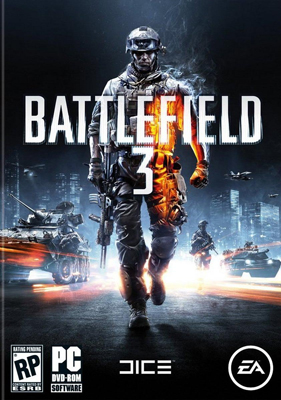
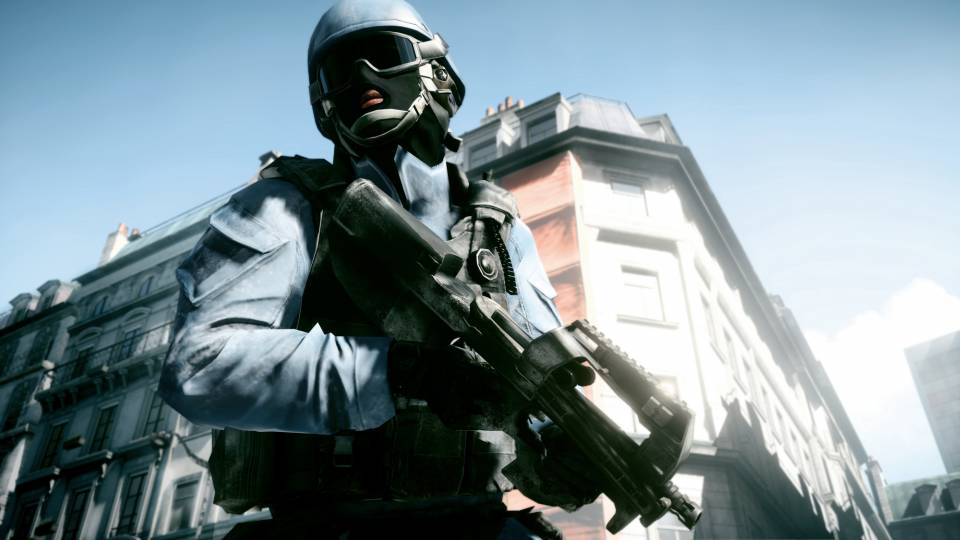
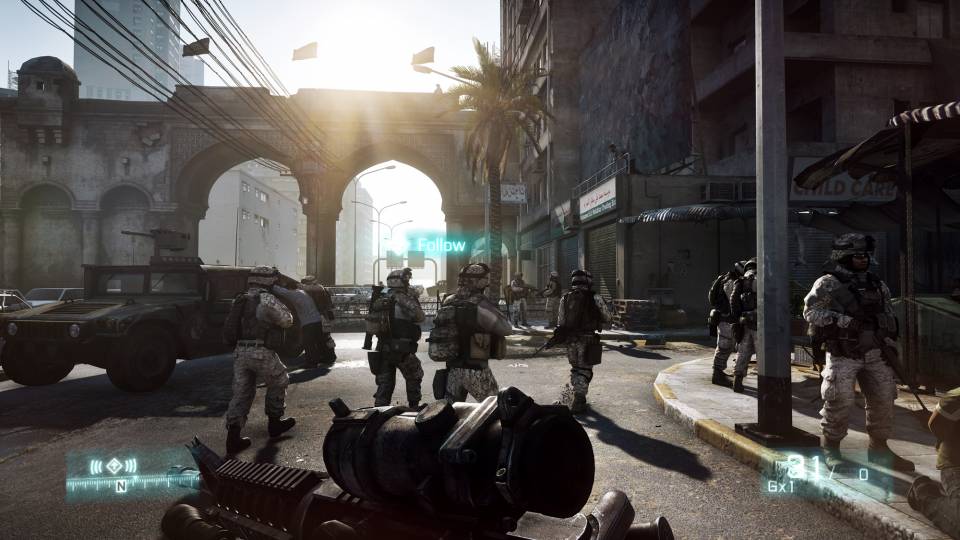
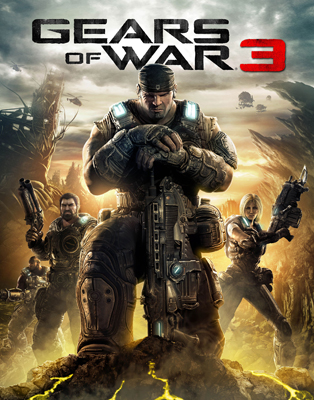
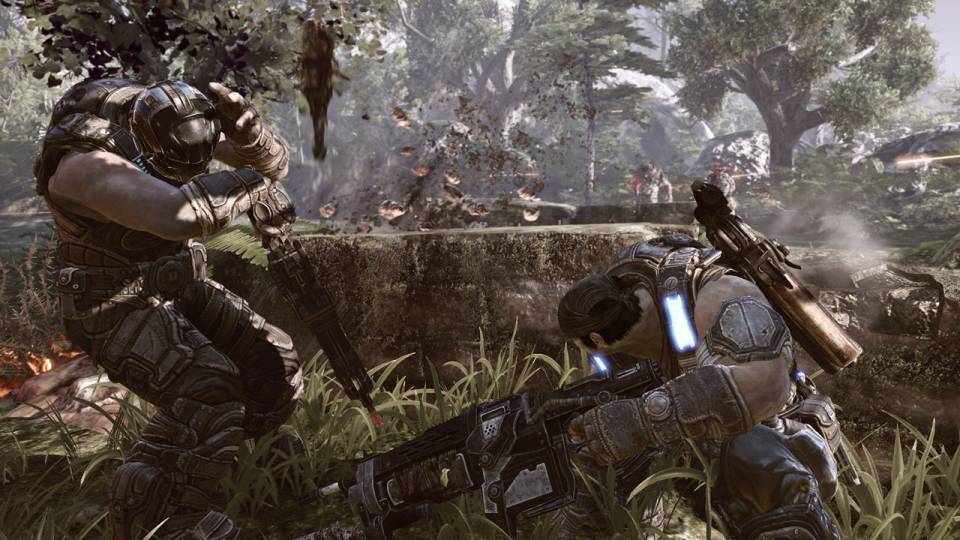
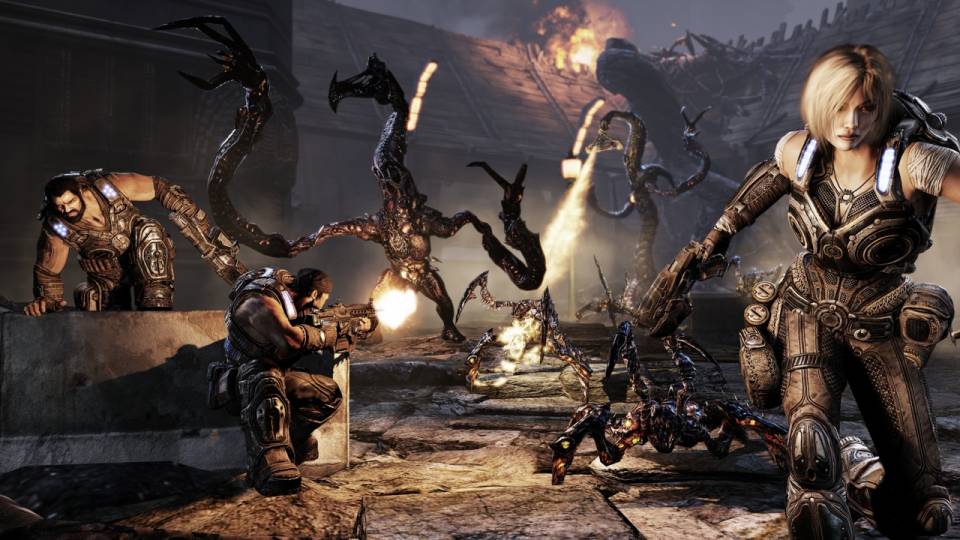


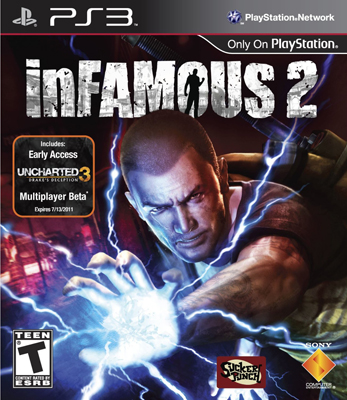
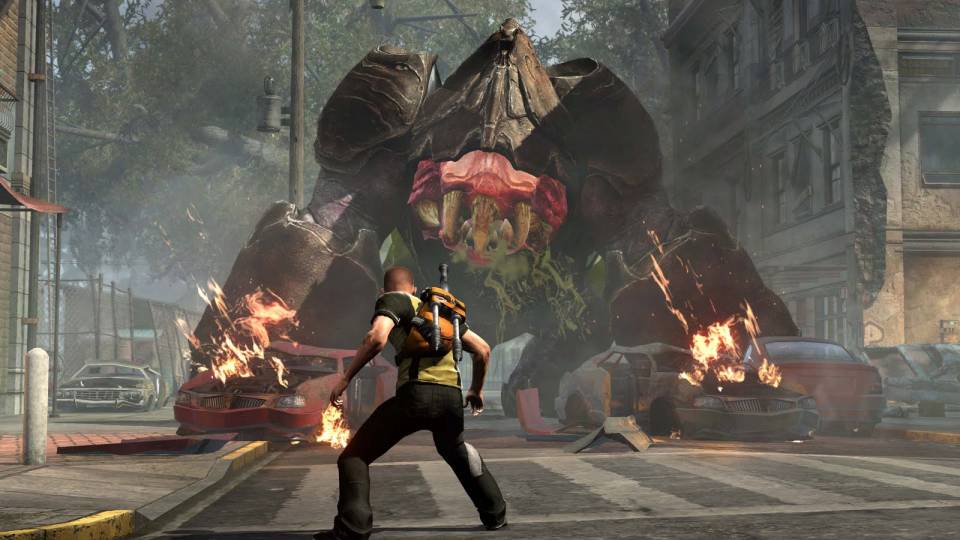
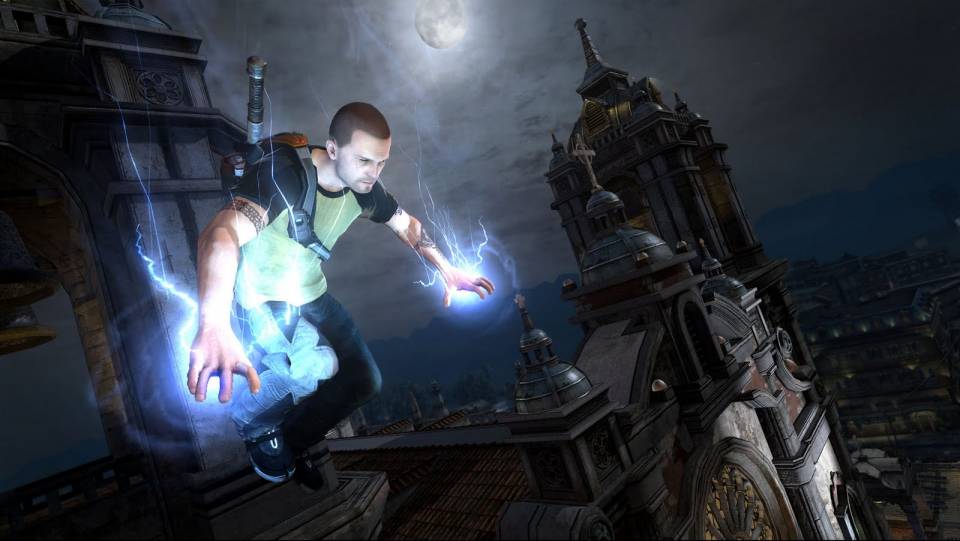

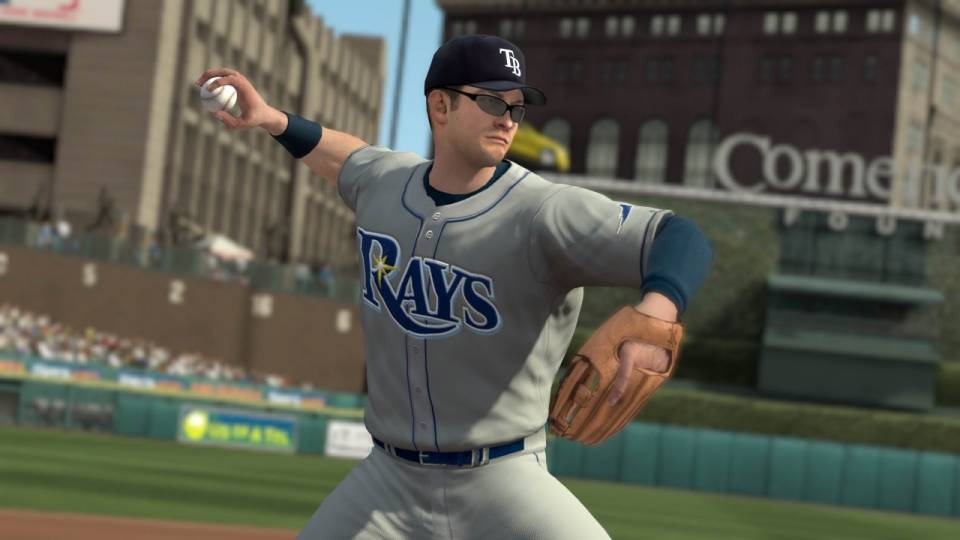

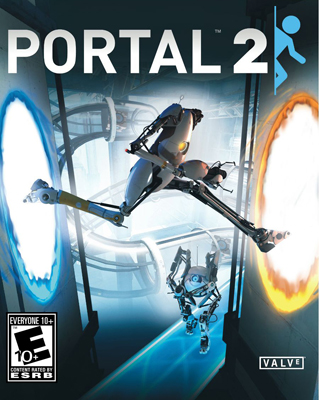
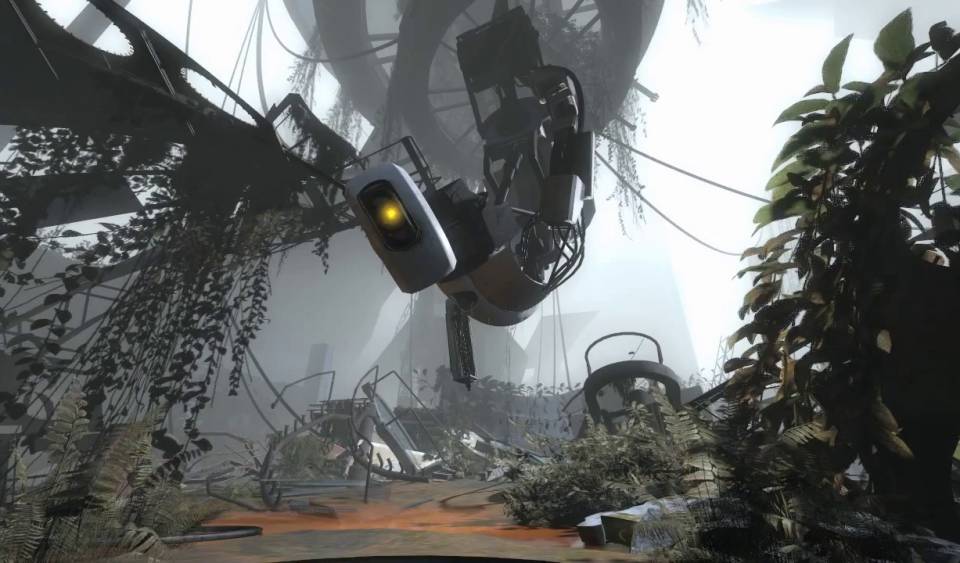
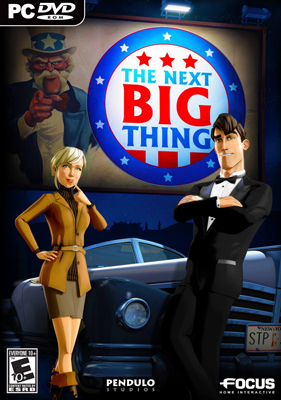
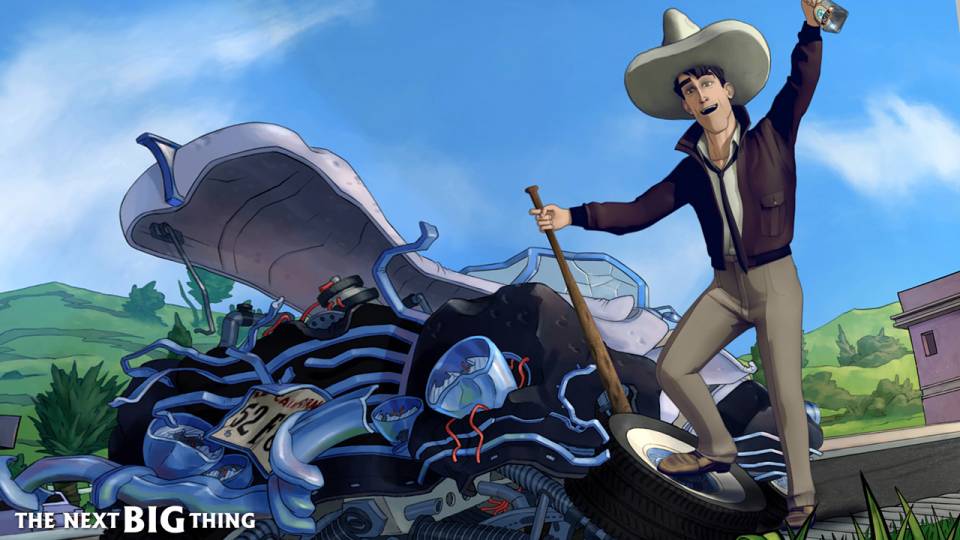
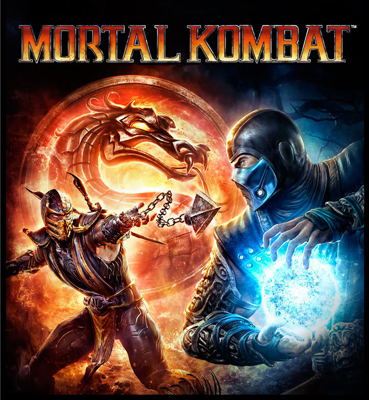
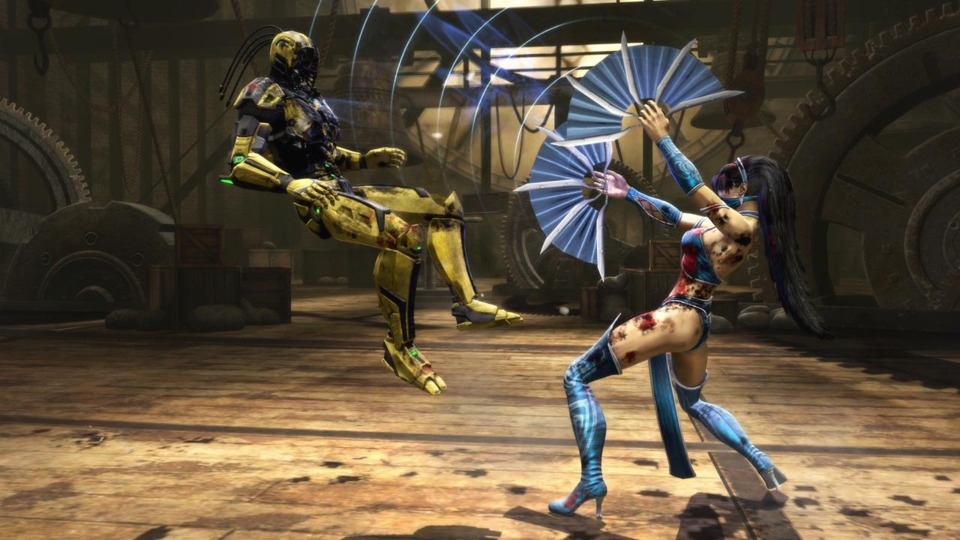
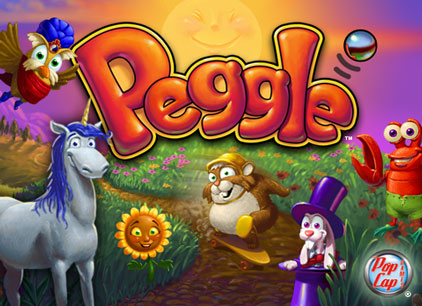
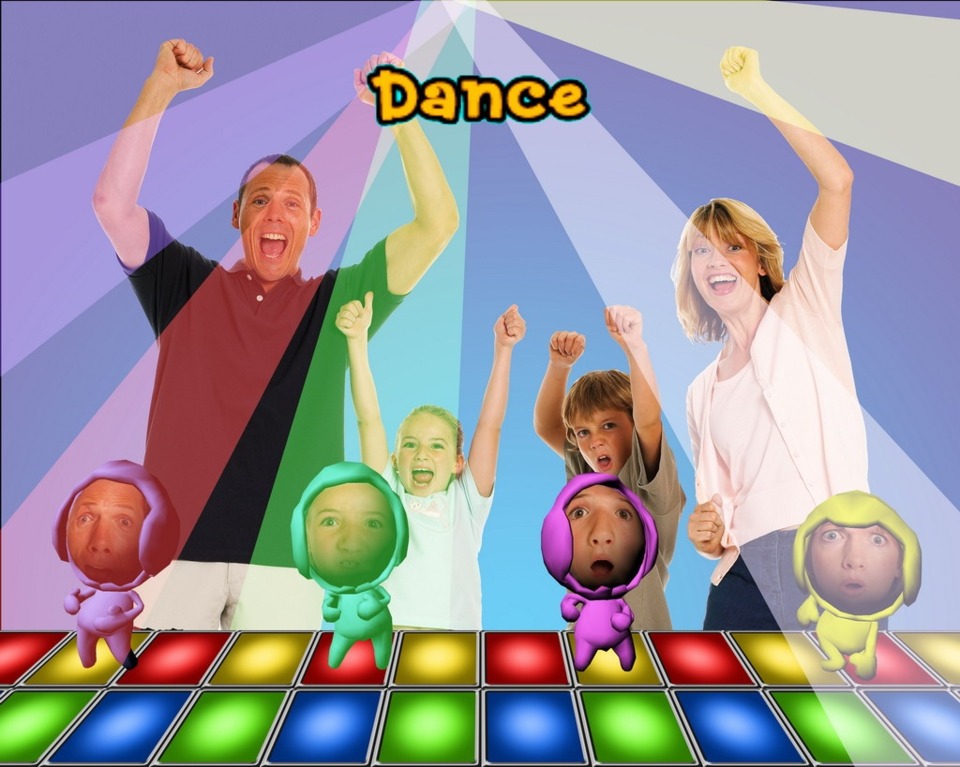
Log in to comment